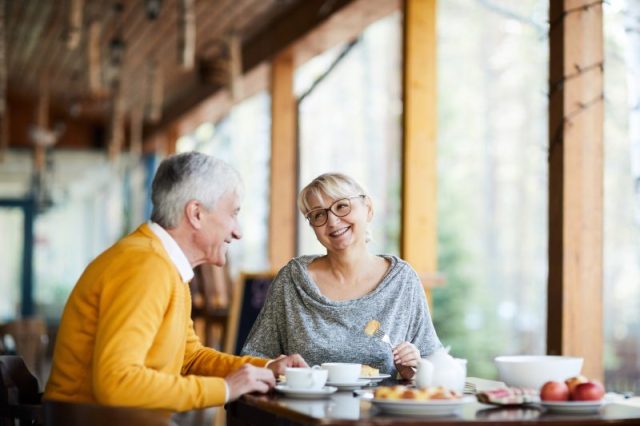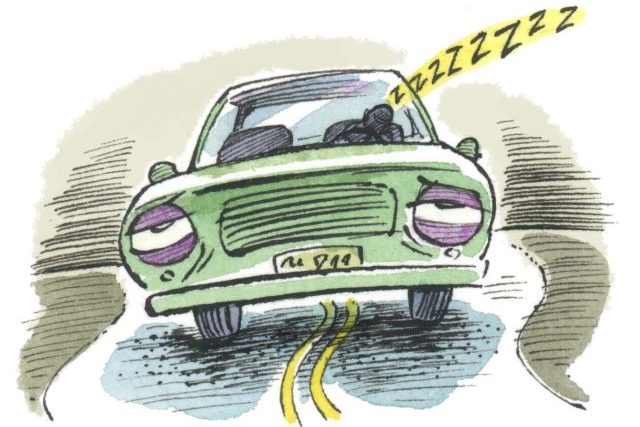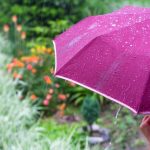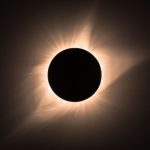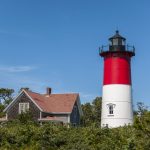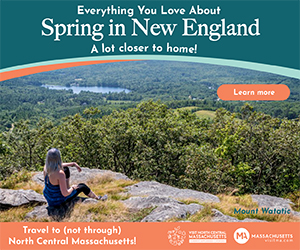Travel often takes us to places that are different from where we live – including different altitudes, temperatures and climates. This is part of the fun, but it also helps to be prepared.
At altitudes of 8,000 feet and higher, your rate and depth of breathing increase.
“That gives the sensation of some shortness of breath, especially with exercise,” said Dr. Peter Hackett, director of the Institute for Altitude Medicine in Colorado.
It’s the body’s response to the lower oxygen levels at altitude, which can also make it difficult to sleep. It can also cause mountain sickness, characterized by headache, loss of appetite and fatigue.
“It’s very much like an alcohol hangover,” Hackett said.
Ibuprofen, fluids and rest will help. Seek medical attention, though, if you experience confusion, lack of coordination or trouble breathing when you’re at rest.
Keep altitude trouble at bay by ascending slowly. If you’re skiing in Telluride, spend a night in Denver on your way, and take it easy on your first day.
“A little exercise is good, but they should be trying to ski black runs or going on 10-mile hikes,” Hackett said. Protect yourself from the cold by dressing in layers and wearing proper footwear that keeps feet dry, gloves and a hat.
You’ll find the lowest – and often – hottest point int he U.S. at Badwater Basin in California’s Death Valley, at 79 feet below sea level. While the low altitude doesn’t present dangers, the heat can.
One big risk is dehydration, and water is the best prevention. You might need as much as a quart per hour if you are outdoors and active.
“If you are traveling in a hot and dry location, you may not realize how much you are sweating,” said Abby Wines, management assistant at Death Valley National Park. “In Death Valley at 120 degrees, I don’t get sweaty because it is evaporating as fast as I produce the sweat.”
You might not feel like eating if it’s really hot, but that is also important. Salty snacks and small, light meals are best, Wines said.
Wear large-brimmed hats, long-sleeved shirts and long pants in light colors, which reflect the heat. And take it easy between noon and 4 p.m., the hottest part of the day.
“The best (idea) is to find air conditioning,” says Wines. “If that’s not possible, find shade. Take a siesta!”
Preparing beforehand and taking it easy when needed will let you get the most out of your trip, high or low.
Read more articles about travel-related health topics. AAA.com/LiveWell





